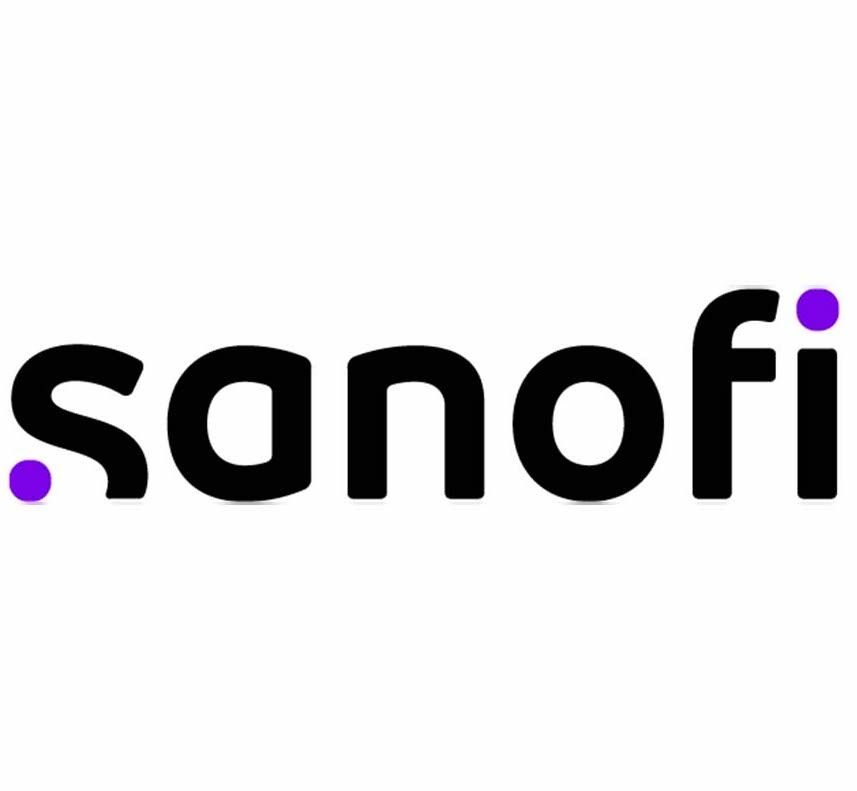Article
Phase 3 Data Show Isatuximab Offers Progression Free Survival for Multiple Myeloma
Author(s):
Isatuximab in combination with carfilzomib and dexamethasone (Kd) demonstrate the longest median progression free survival (mPFS) on a proteasome inhibitor backbone in multiple myeloma patients who relapsed after a prior therapy, including lenalidomide.

Unprecedented phase 3 data were announced from the IKEMA trial that evaluated the impact of isatuximab (Sarclisa) in combination with carfilzomib and dexamethasone (Kd) on patients with multiple myeloma (MM).
According to a statement released by Sanofi, the results demonstrated the longest median progression free survival (mPFS) on a proteasome inhibitor backbone in patients with multiple myeloma who relapsed after a prior therapy, including lenalidomide.
With more than 130,000 new diagnoses of multiple myeloma worldwide, it’s the second most common hematologic malignancy. However, in the US it’s classified as a rare disease. Treatments are available for the disease though, it remains incurable, and as a result most patients will experience a relapse, or relapsed multiple myeloma.
Among studies examining a proteasome inhibitor backbone in the second-line setting for this patient population, this study achieved the longest mPFS. These data were presented at the Controversies in Multiple Myeloma World Congress and will also be presented at the European Society for Medical Oncology on May 19.
“The increase in progression free survival, observed consistently across all subgroups, when adding Sarclisa to carfilzomib and dexamethasone is remarkable in patients with relapsed multiple myeloma in a proteasome inhibitor combination," Philippe Moreau, MD, Head, Department of Hematology, University Hospital of Nantes said in a statement.
"Relapse is common in multiple myeloma," he continued, "creating the need for differentiated second-line treatments that provide patients a longer period of time without disease progression. This updated analysis reinforces the potential for Sarclisa to become a new standard of care for patients with relapsed multiple myeloma.”
Results and Safety Profile
The results of the trial indicated that when isatuximab was combined with carfilzomib and dexamethasone (Kd) the median progression free survival of patients increased from 19.2 months to 35.7 months. When following recommendations on censoring rules of the US Food and Drug Administration (FDA), a further analysis revealed that the median progression free survival increased from 20.8 - 41.7 months.
Investigators found the time to next treatment was 44.9 months for patients who received the isatuximab combination therapy compared with 25 months for those who were solely treated with Kd. Time to next treatment was measured by the interval from the date of randomization to the date of commencement of the next line of therapy in order to allow for measurement of the period of therapeutic benefit.
The safety profile of isatuximab was shown to be consistent with its profile in other clinical trials, with no new safety signals observed in this study. For the isatuximab combination therapy arm, treatment was 30 weeks longer than in the control arm. 83.6% of patients treated with the combination therapy reported treatment emergent adverse events (TEAEs) of ≥ Grade 3 and 73% of those treated with Kd alone.
Adverse events that occurred in the isatuximab combination therapy and Kd groups were as follows: infusion related reaction (45.8%, 3.3%), diarrhea (39.5%, 32%), hypertension (37.9%, 35.2%), upper respiratory tract infection (37.3%, 27%), fatigue (31.6%, 20.5%), dyspnoea (30.5%, 22.1%), pneumonia (27.1%, 21.3%), back pain (25.4%, 21.3%), insomnia (25.4%, 24.6%), and bronchitis (24.3%, 12.3%).
The Clinical Trial
The randomized, multi-center, open label phase 3 clinical trial took place in 69 centers across 16 countries, enrolling a total of 302 patients with relapsed multiple myeloma who had received 1-3 other anti-myeloma therapies prior to the study.
Patients participating in the trial received an intravenous infusion of isatuximab (10 mg/kg) once weekly for 4 weeks followed by every other week for 28-day cycles in combination with carfilzomib (20/56mg/m2) twice weekly and Kd at the standard dose for the duration of treatment.
Progression free survival was the primary endpoint of the study. The secondary endpoints were overall response rate, the rate of complete response or better, the rate of very good partial response or better, rate of minimal residual disease-negativity, and overall survival and safety.





